
Roots
The stories whispered through generations, carried in the very coil and texture of hair, tell of resilience, identity, and the enduring spirit of a people. For communities of Black and mixed-race descent, hair is more than a biological outgrowth; it is a living archive, a connection to ancestral lands and practices, a canvas of cultural expression. This deeply ingrained heritage often confronts norms shaped by different histories, particularly within professional spheres. Despite progressive legislative steps, a question lingers, echoing in the quiet spaces of workplace breakrooms and conference calls ❉ can policies concerning appearance still create disparities, even after the CROWN Act has taken root?
Our journey through this inquiry begins at the source, examining the inherent characteristics of textured hair not merely through a biological lens but through the cultural significance woven into its very structure since antiquity. Hair, particularly within African societies, carried profound symbolic weight, marking age, religion, social position, and marital status. It formed a visible language, speaking volumes without uttering a word. When enslaved Africans were forced to cross oceans, one of the first brutal acts of dehumanization was the shaving of their heads, a deliberate severing of this visual connection to lineage and self.
This act was not simply about hygiene; it was a calculated assault on identity, a stripping of inherent worth and communal belonging. The resilience of hair, however, like the spirit of those who wore it, refused to be silenced, finding new forms of expression and resistance even in the face of adversity.

What is the Elemental Blueprint of Textured Hair?
Understanding the inherent nature of textured hair requires a contemplation of its unique biological design, a design that allows for an astonishing array of styles and expressions. Unlike straight hair, which tends to be round in cross-section, coily or kinky strands often reveal an elliptical or flattened shape, contributing to their remarkable curl pattern. The manner in which the hair follicle emerges from the scalp, often at a sharp angle, further guides the formation of these exquisite spirals and zigs.
These structural aspects, while scientific, hold cultural resonance. They are the physical manifestations of a heritage that has learned to adorn, protect, and celebrate these distinct forms.
The unique architecture of textured hair also means it interacts with moisture and external forces differently. Its naturally occurring bends and twists mean that the scalp’s natural oils may struggle to travel down the entire length of the strand, contributing to a drier disposition. This elemental biology informs the traditional hair care practices passed down through generations—practices that prioritized moisture retention, gentle handling, and protective configurations. These ancestral methods, developed over centuries, served as a fundamental scientific understanding long before modern laboratories isolated specific molecular compounds.
Textured hair, a biological marvel, speaks a silent language of heritage, its unique forms a testament to ancestral ingenuity and enduring cultural expression.
The lexicon we use to speak of textured hair, too, often bears the marks of historical interpretation and bias. Systems for classifying hair types, while offering a framework for discussion, sometimes fail to capture the full spectrum of diversity within the diaspora. Terms like “kinky” or “nappy,” historically weaponized to demean, are being reclaimed, their meanings re-seeded with pride and cultural authenticity. This reclamation signifies a powerful shift, mirroring the broader societal movement to acknowledge and honor heritage in its true form.
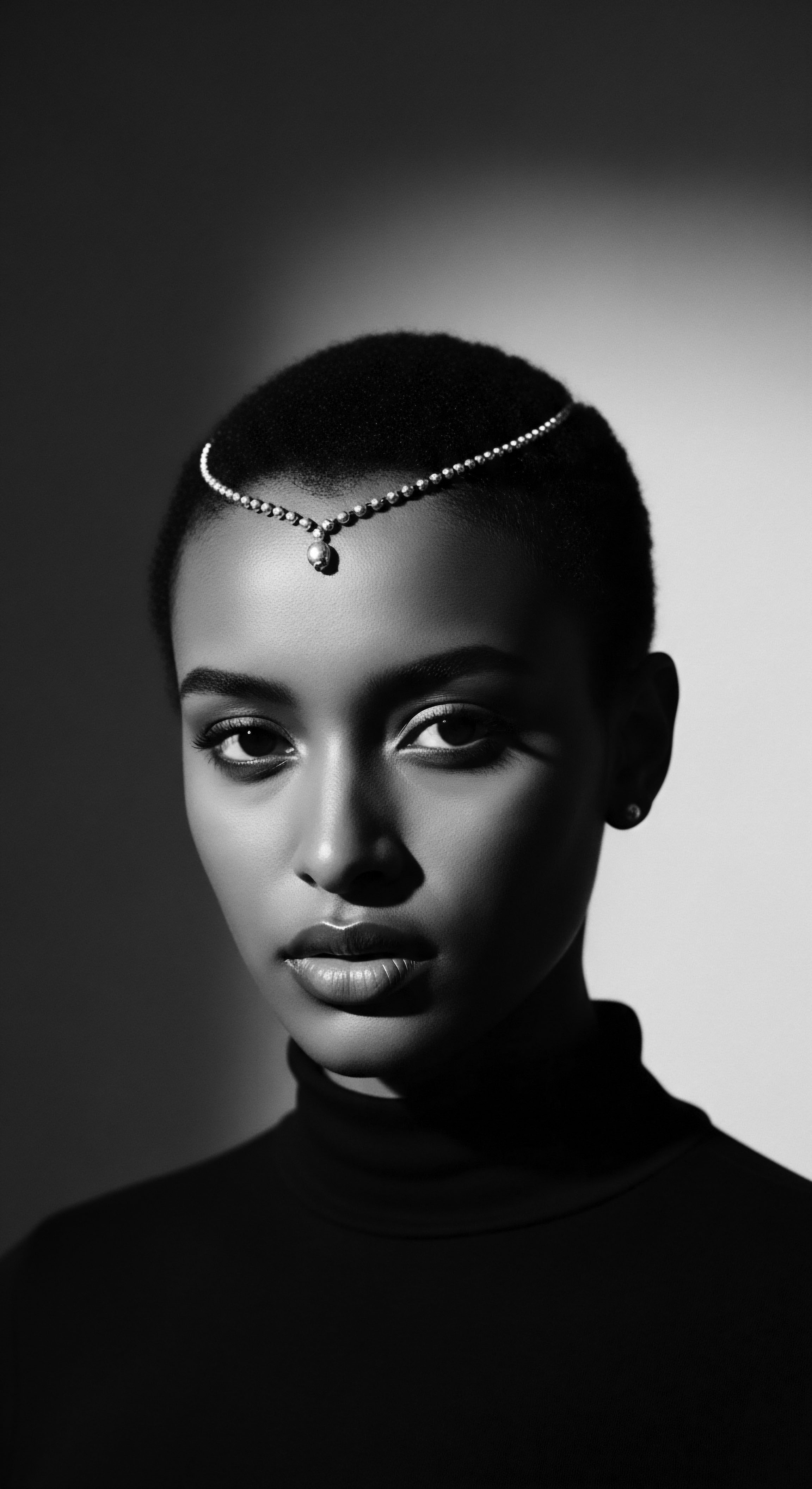
How Has Ancestral Wisdom Defined Hair’s Place?
The wisdom carried within ancestral hair care practices is not a quaint historical footnote; it is a dynamic, living system of knowledge. Before the pervasive influence of colonial beauty standards, African communities practiced intricate methods of hair cultivation, adornment, and protection. These methods were often deeply intertwined with societal roles, rites of passage, and spiritual beliefs.
Combs, for example, were not merely tools for detangling; their carvings often bore cultural meaning, signifying tribal identity or social status. Traditional ingredients, sourced from the earth and local flora, were selected for their nutritive properties, reflecting an intimate relationship with nature and an intuitive understanding of hair biology.
Consider the practices of communities across West Africa, where elaborate braiding patterns could signify a woman’s marital status, her age, or even her readiness for certain ceremonies. These were not casual choices; they were intentional statements, integral to communal life. The systematic eradication of these practices during the period of enslavement, including the infamous shaving of heads upon arrival to the Americas, aimed to dismantle this powerful visual communication system, to erase a profound marker of selfhood. Yet, even in the shadows of oppression, the spirit of these traditions found a way to persist, adapting and evolving into new forms of expression.
| Aspect Coil Pattern |
| Ancestral Interpretation/Significance A natural, aesthetic marker of ethnic identity, connection to lineage. |
| Contemporary Understanding/Reclamation A unique biological structure (elliptical follicle) influencing strength and moisture needs; a source of beauty. |
| Aspect Hair Texture |
| Ancestral Interpretation/Significance Often linked to spiritual power, social standing, and communal belonging. |
| Contemporary Understanding/Reclamation A spectrum of genetic variations; subject of scientific research for optimal care and styling. |
| Aspect Styling Versatility |
| Ancestral Interpretation/Significance Signified social roles, age, status, and communication; integral to daily and ceremonial life. |
| Contemporary Understanding/Reclamation A testament to inherent adaptability, enabling diverse protective and expressive styles. |
| Aspect The enduring spirit of textured hair remains a beacon of heritage, shaping perceptions and practices across time. |
The CROWN Act, in its legislative form, attempts to formalize protections for these very aspects of self-presentation. Its existence acknowledges a history where the natural inclination of textured hair, and the styles historically associated with Black individuals, faced policing and rejection within workplaces and educational settings. Yet, the question of whether its passage truly marks the end of hair discrimination touches upon the subtle, often unseen biases that linger beneath the surface of legal statutes. These biases, rooted in centuries of imposed Eurocentric beauty norms, represent the true test of the Act’s reach.

Ritual
The daily rituals of textured hair care, from the very first cleansing to the final flourish of a protective style, are deeply steeped in a living tradition, a continuity of ancestral wisdom and self-preservation. These practices are not mere acts of grooming; they are acts of resistance, of self-definition, of communal belonging. They bear witness to generations navigating societal pressures while maintaining a connection to their heritage. The policies enacted by workplaces, even with the CROWN Act’s presence, interact with these deep-seated rituals in ways that can still cause friction, sometimes subtly, sometimes overtly.
For centuries, the styling of Black hair served as a conduit for cultural expression and survival. From intricate cornrows that mapped escape routes during enslavement to the powerful declaration of the Afro during the Civil Rights era, hairstyles carried meaning far beyond aesthetics. This history informs the deep personal and communal significance of natural styles today. When a workplace policy, however benignly worded, disfavors these styles, it chips away at a heritage that has consistently found ways to express itself despite systemic efforts to suppress it.

Does the CROWN Act Adequately Address the Spectrum of Discrimination?
The CROWN Act stands as a significant legal shield, specifically prohibiting discrimination based on hair texture and protective styles associated with race. Its legislative intent is clear ❉ to safeguard the right to wear one’s hair in its natural state without fear of adverse employment or educational consequences. Yet, the lived reality often presents a more intricate picture. The enforcement of such laws confronts deeply embedded, often subconscious, biases that do not vanish with the stroke of a pen.
Consider the landmark case of Rogers V. American Airlines (1981), where a Black flight attendant was prohibited from wearing an all-braided hairstyle under the airline’s grooming policy. The court, applying the “immutability doctrine,” ruled that Title VII, the core anti-discrimination statute, only protected characteristics that were unchangeable. Since braids were considered a “mutable” (changeable) cultural choice rather than an inherent racial trait, the discrimination was deemed permissible (Caldwell, 1995, pp.
267-277). This ruling, a painful echo of historical attempts to disconnect Black people from their hair traditions, powerfully illustrates the legal landscape before the CROWN Act. The Act aims to directly counter such interpretations, recognizing that hair textures and styles linked to racial identity are indeed aspects of race itself, deserving of protection.
The CROWN Act provides legal protection, yet the spirit of its intent frequently encounters the deep-seated biases that resist legislative change.
Despite the CROWN Act, subtle forms of discrimination persist. These might manifest as veiled comments about “professionalism,” expectations of conforming to “corporate” aesthetics, or disparate treatment in career advancement. A 2021 study revealed that Black women with natural hairstyles are less likely to be recommended for a job interview compared to white women with curly or straightened hair, with natural styles like locs frequently viewed as less professional. This suggests that the issue extends beyond explicit bans to ingrained perceptions that equate certain Black hairstyles with a lack of corporate polish.
The very concept of “professionalism” is itself a socially constructed idea, often rooted in Eurocentric ideals of appearance. When these ideals exclude hairstyles inherently tied to Black heritage, they create an exclusionary environment. The hair policies might no longer explicitly state “no braids,” but the underlying pressure to assimilate remains, forcing individuals into choices that compromise their self-expression or hair health.
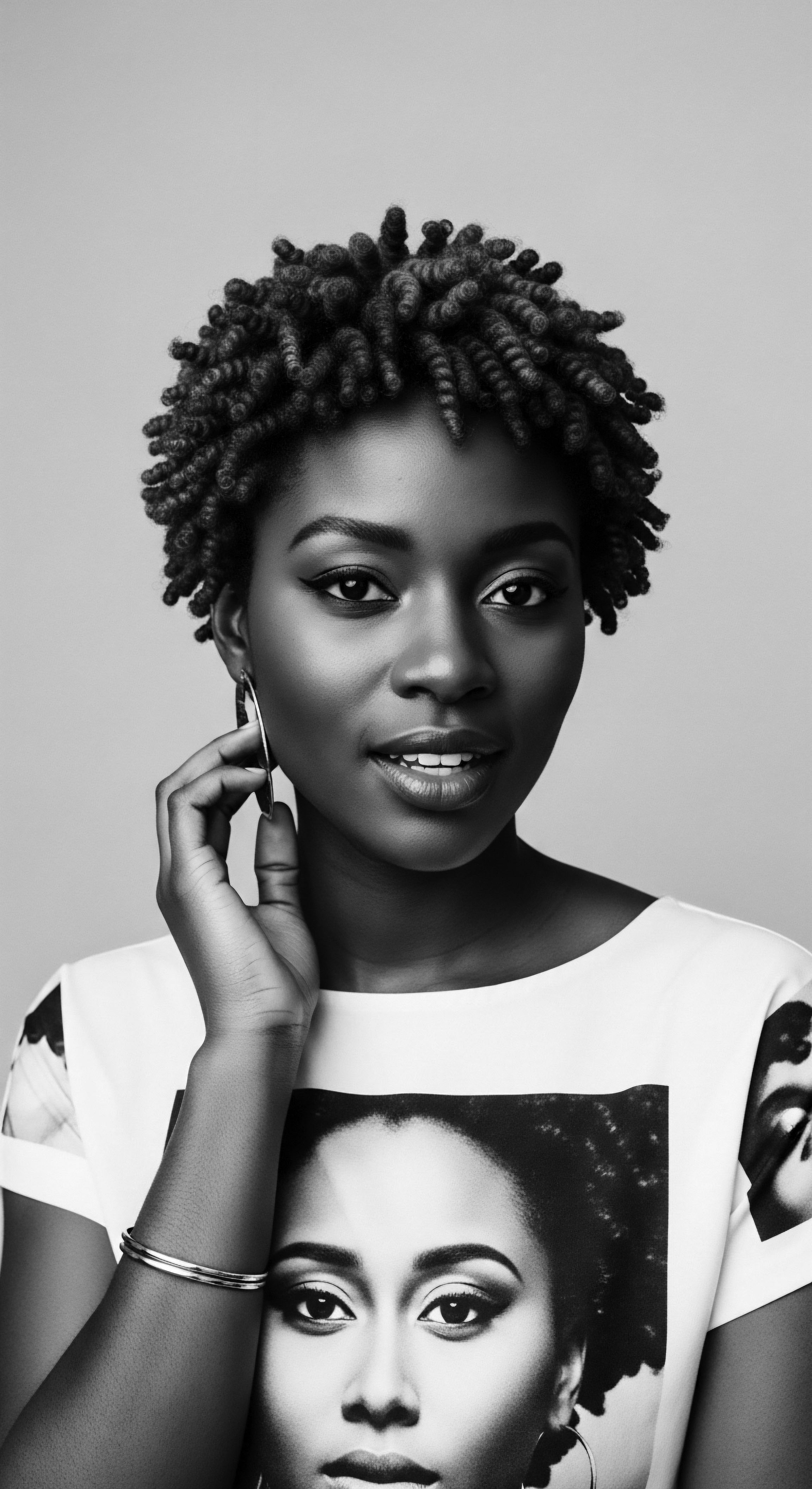
How Do Traditional Styling Practices Resist Dominant Narratives?
The art of styling textured hair is a testament to cultural survival and creative adaptation. From the geometric precision of Cornrows, which date back to ancient African civilizations, to the intricate twists and buoyant afros, these styles are more than aesthetic choices; they are historical declarations. When these forms are deemed “unprofessional” in modern workspaces, it not only impacts individuals but also disrespects the collective cultural memory they embody.
- Braids ❉ Beyond their beauty, braids historically offered a practical way to manage hair, protect it from the elements, and convey social messages across African societies. In the diaspora, they evolved into a powerful symbol of identity and resistance, often providing necessary protection for delicate strands.
- Locs ❉ These formed strands, revered in many cultures for their spiritual connection and as symbols of natural purity and wisdom, represent a commitment to inherent form and minimal manipulation. Their rejection in professional settings strikes at the core of an individual’s right to self-presentation rooted in heritage.
- Twists and Coils ❉ These styles celebrate the natural spring and elasticity of textured hair, often serving as foundational methods for hair maintenance and growth, practices passed down through generations for healthy hair cultivation.
The tools and techniques associated with these styles, too, carry historical weight. The precise use of a Comb, the careful sectioning, the application of natural oils and butters—these are echoes of ancestral care rituals. When the pressure to conform leads individuals away from these methods towards chemical straighteners, there are often physical and financial costs.
A 2020 Harvard University study indicated that some hair products, including chemical relaxers, contain endocrine disruptors linked to adverse health issues, including uterine cancer. This highlights a disturbing intersection where cultural pressure meets health risk, underscoring the deep impact of discriminatory beauty standards.
Workplace hair policies, even after the CROWN Act, often fail to grasp the historical context of these styling practices. They may view them through a narrow, Eurocentric lens, missing the deep cultural roots and the protective functions they serve. True equity requires not just legal prohibition of discrimination but a broader cultural shift that values and respects the full spectrum of textured hair expressions. It calls for an acknowledgment that an Afro, braids, or locs are not “distracting” or “unprofessional” but rather legitimate, often ancestrally derived, forms of personal presentation.

Relay
The journey of textured hair, from its deep ancestral roots to its contemporary presence, is a continuous relay—a passing of wisdom, struggle, and triumph through generations. This enduring narrative, steeped in the cultural practices of Black and mixed-race communities, persists even as legislative progress attempts to dismantle historical inequities. The CROWN Act, while a significant stride, marks a point in this relay, not its completion. The question of whether discrimination truly ends with its passage compels a deeper examination of systemic nuances, hidden biases, and the ongoing work required to uphold the integrity of textured hair heritage in every space, including the workplace.
The very framework of anti-discrimination law, initially designed to address immutable characteristics like skin color, struggled for decades to encompass hair. Courts often grappled with the distinction, viewing hairstyles as “choices” rather than extensions of racial identity. This legal lacuna permitted discriminatory practices to flourish, compelling countless individuals to modify their natural hair textures, often at great personal and financial cost, to conform to Eurocentric aesthetics.
The CROWN Act directly challenges this historical narrowness, broadening the legal definition of race to include hair texture and protective styles. Yet, the act of legislative change, while powerful, does not automatically erase centuries of ingrained societal bias.
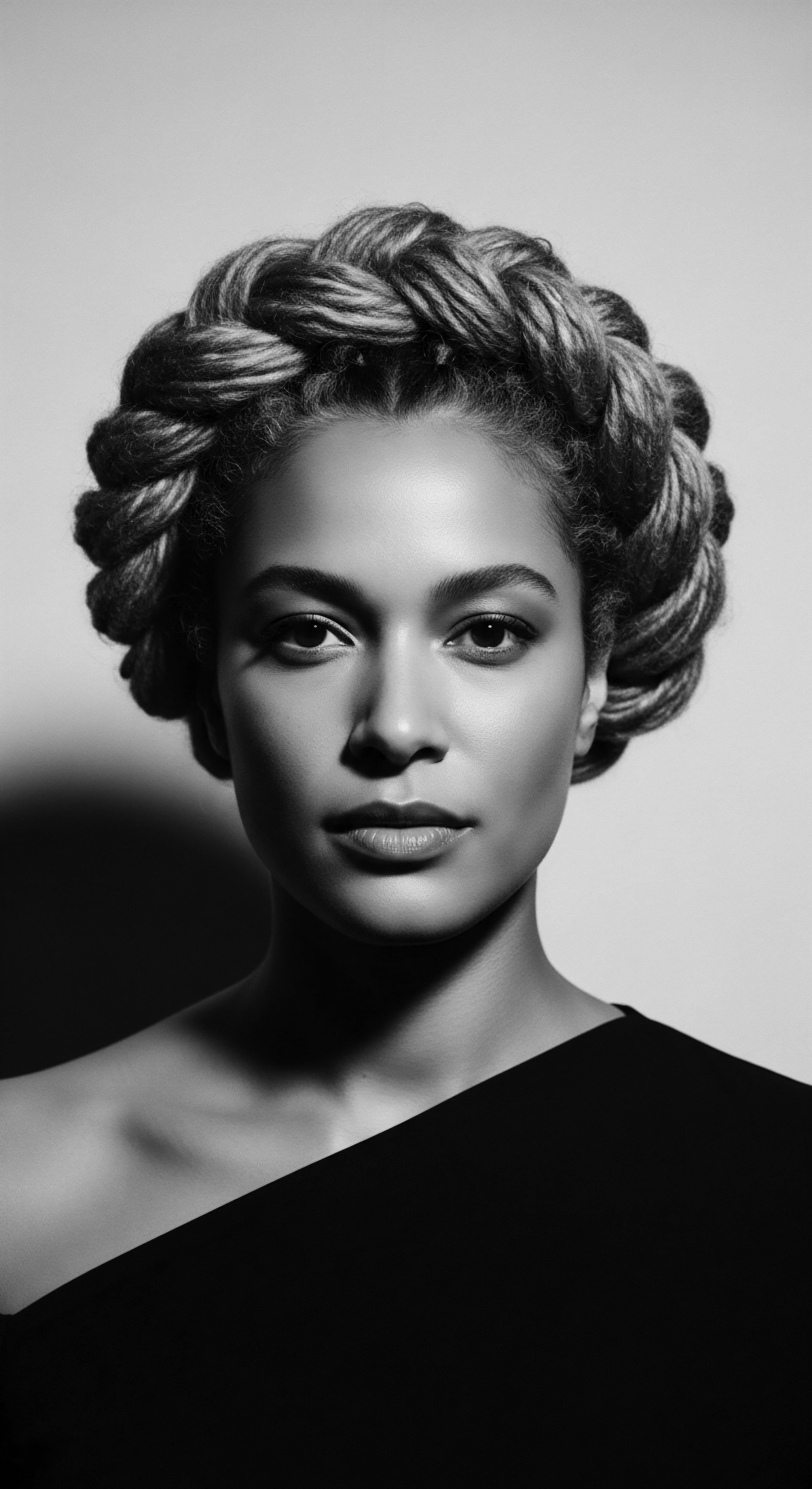
Are Hair Policies Still Permitted to Target Race-Associated Styles?
Despite the clear directives of the CROWN Act, the spirit of its intent can sometimes be undermined by subtle interpretations or unintended consequences of seemingly neutral policies. A policy requiring all employees to wear their hair “neatly pulled back” for safety, for instance, might disproportionately affect individuals with voluminous textured hair, for whom such a style might be physically uncomfortable, damaging to their strands, or culturally incongruent. The issue then shifts from overt discrimination to the disproportionate impact of a policy that, on its surface, holds no racial bias.
The persistent policing of Black hair, even after the CROWN Act, highlights how deeply biased standards of “professionalism” are embedded within many organizational cultures. A 2023 study revealed that Black women’s hair is 2.5 times as likely as white women’s hair to be perceived as “unprofessional”. This systemic bias influences hiring decisions and career progression, regardless of explicit hair bans.
Over 20% of Black women ages 25-34 have been sent home from their jobs due to their hair, even in recent times. These incidents demonstrate that while outright prohibitions might be legally challenged, the unspoken expectations and subtle judgments remain potent forces of exclusion.
Even with legislative backing, the deeply rooted cultural biases against textured hair continue to shape workplace environments.
The varied implementation of the CROWN Act across states also creates a patchwork of protections, allowing for loopholes. Some state-level versions of the Act, for instance, have been criticized for allowing bans on hair longer than a certain length, which effectively singles out natural Black hairstyles like afros or locs worn by men, sending a message that such heritage-based styles are inappropriate. This illustrates that the fight for complete equity extends beyond the mere passage of legislation to its comprehensive and equitable application, ensuring no individual is penalized for embodying their cultural identity.
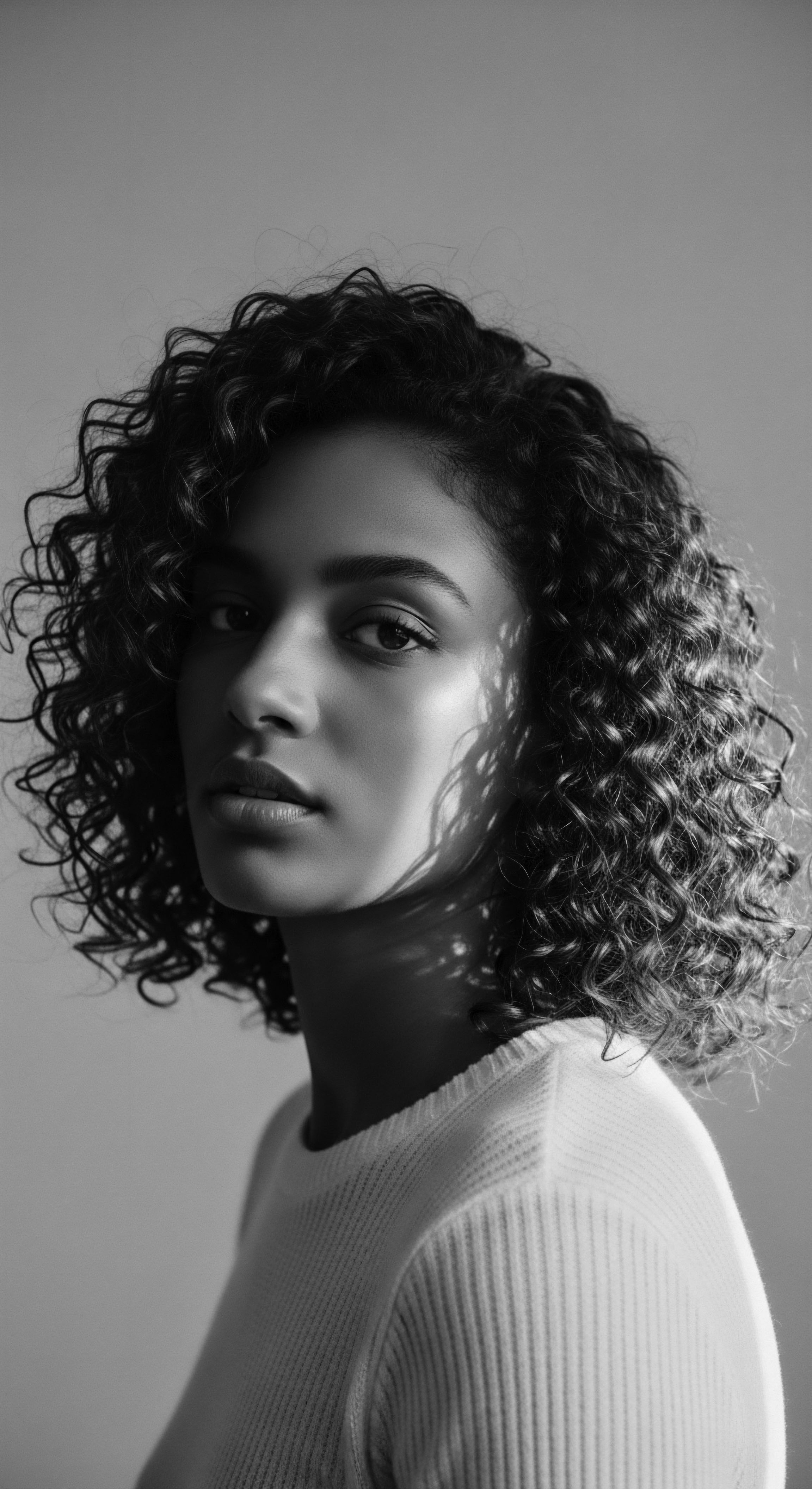
How Does Ancestral Wellness Guide Contemporary Care?
The deep wisdom of ancestral hair care traditions offers profound lessons for modern holistic well-being, providing a counter-narrative to the pressures of conformity. These traditions prioritized preservation, nourishment, and a harmonious relationship with one’s natural state. The act of caring for textured hair, for many, is itself a ritual that connects them to their heritage—a mindful practice that rejects the notion of hair as something to be “fixed” or straightened to meet external standards.
Traditional Ingredients and Practices ❉
- Shea Butter ❉ From West African karité trees, shea butter has been used for centuries as a natural emollient, sealing moisture into hair strands and protecting them from dryness. Its presence in modern hair formulations links directly to this ancient wisdom.
- African Black Soap ❉ Originally from Ghana, this traditional soap, made from plantain skins, cocoa pods, and shea tree bark, offers a gentle yet effective cleanse, honoring ancestral methods of hair and skin purification.
- Oiling Rituals ❉ Across various African cultures, the practice of anointing hair with natural oils—such as coconut, palm, or baobab—was not only for moisture but also for symbolic and spiritual purposes, reflecting an early understanding of scalp health and strand protection.
The nighttime sanctuary, for example, a practice deeply ingrained in Black hair care, speaks to this ancestral wisdom. The use of bonnets, scarves, or silk pillowcases is not a fleeting trend; it is a practical adaptation of historical practices aimed at preserving hairstyles, retaining moisture, and protecting delicate strands from friction and breakage. This simple, yet powerful, ritual protects hair health and prolongs the life of styles, saving time and resources. When workplaces demand styles that are difficult to maintain or damage natural hair, they implicitly disregard the physical and historical costs involved.
The holistic approach to hair care also extends beyond products to diet and overall well-being, a concept well understood by ancestral healers. Nutritional deficiencies can reflect in hair health, and stress can impact growth cycles. A deep respect for these interconnected elements guides wellness advocates today, drawing from a continuum of knowledge that bridges ancient practices with contemporary scientific understanding.
| Era/Legislation Pre-Colonial Africa |
| Dominant Hair Norm/Challenge Hair as social, spiritual, and ethnic marker; elaborate styles for communication. |
| Era/Legislation Slavery Era |
| Dominant Hair Norm/Challenge Forced shaving as dehumanization; pressure to conform to Eurocentric ideals. |
| Era/Legislation Post-Emancipation/Jim Crow |
| Dominant Hair Norm/Challenge "Good hair" vs. "bad hair" dichotomy; chemical straightening for social mobility. |
| Era/Legislation Civil Rights Era |
| Dominant Hair Norm/Challenge Afro as political statement; early legal challenges under Title VII (e.g. Rogers v. American Airlines). |
| Era/Legislation 2000s-Present (Pre-CROWN Act) |
| Dominant Hair Norm/Challenge Natural hair movement resurgence; cases like EEOC v. Catastrophe Management Solutions highlight "mutable" hair loophole. |
| Era/Legislation CROWN Act Era |
| Dominant Hair Norm/Challenge Legal protection against race-based hair discrimination; ongoing challenges with subtle bias and enforcement. |
| Era/Legislation The historical trajectory of hair discrimination reveals a persistent struggle, necessitating continuous advocacy and deeper cultural understanding beyond legislative mandates. |

Reflection
The story of textured hair, its lineage flowing through coils and strands, stands as an enduring testament to perseverance. From the deep well of antiquity, through the intricate rhythms of ancestral care, to the vibrant expressions of today, hair has always been a central pillar of identity for Black and mixed-race communities. The question of whether workplace policies continue to cast shadows of discrimination, even after the CROWN Act, brings us back to the heart of Roothea’s ethos ❉ that each strand holds a soul, a history, a future.
Legislative victories, while crucial, often signify but one step on a longer path. The CROWN Act, a welcome legal recognition, cannot by itself undo centuries of ingrained bias that deemed natural Black hair as unprofessional or unkempt. The enduring nature of discrimination, subtle though it may be, lives in the unspoken expectations, the lingering stereotypes, and the systemic comfort with uniformity over authenticity. To truly honor the spirit of the Act, and to dismantle these persistent barriers, requires more than compliance; it calls for a profound shift in perception, a collective unlearning of arbitrary beauty standards, and a genuine reverence for cultural pluralism.
The task ahead involves a continuous dialogue, one that acknowledges the profound cultural and historical significance of textured hair. It asks us to look beyond surface appearances and truly see the heritage, the self-expression, and the resilience woven into every coil, twist, and loc. For Roothea, this ongoing work means nurturing a living library of knowledge and practices—a space where the science of the strand meets the wisdom of the ancestors, where the pursuit of holistic well-being intertwines with the quest for social equity. The ultimate goal is a world where every individual can wear their crown, in all its natural glory, without compromise or fear, knowing that their heritage is not just tolerated, but celebrated.
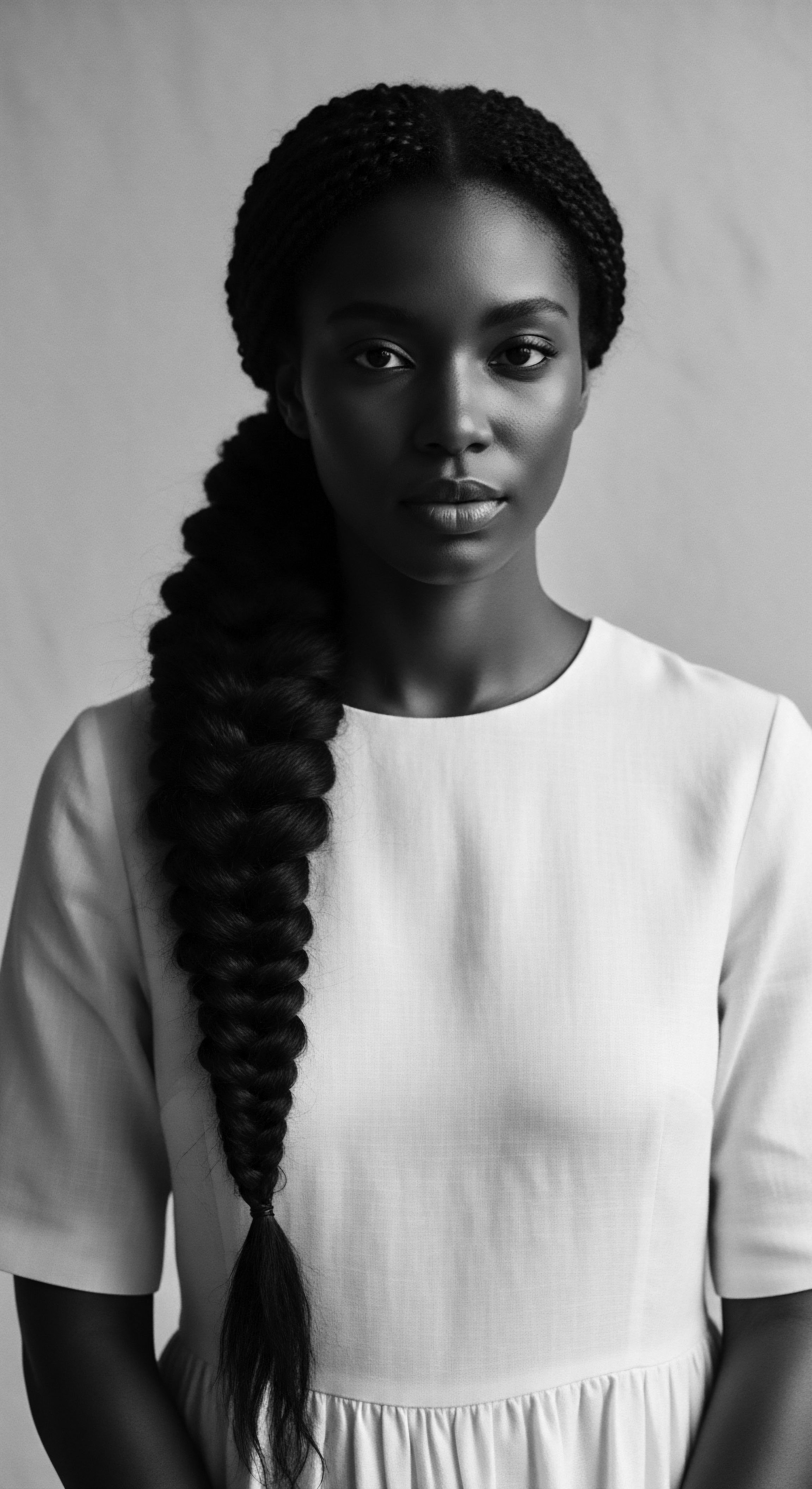
References
- Caldwell, Paulette M. “A Hair Piece ❉ Perspectives on the Intersection of Race and Gender.” Critical Race Theory ❉ The Cutting Edge. Edited by Richard Delgado, Temple University Press, 1995, pp. 267-277.
- Johnson, Tabora A. and Teiahsha Bankhead. “Hair It Is ❉ Examining the Experiences of Black Women with Natural Hair.” Open Journal of Social Sciences, vol. 2, no. 1, 2014, pp. 86-100.
- Rooks, Noliwe M. Hair Power and the Paradox of Black Women’s Hair. University of Pennsylvania Press, 1996.
- Sieber, Roy, and Frank Herreman, editors. Hair in African Art and Culture. Museum for African Art, 2000.
- Greene, D. Wendy. “Splitting Hairs ❉ The Eleventh Circuit’s Take on Workplace Bans Against Black Women’s Natural Hair in EEOC v. Catastrophe Management Solutions.” University of Miami Law Review, vol. 71, no. 3, 2017, pp. 987-1012.
- Pamukcu, Aysha. “The CROWN Act ❉ A Jewel for Combating Racial Discrimination in the Workplace and Classroom.” Economic Policy Institute, 2023.
- Jones, Stephanie. “How Natural Black Hair at Work Became a Civil Rights Issue.” JSTOR Daily, 2019.
